👋 Hey, I’m George Chasiotis. Welcome to GrowthWaves, your weekly dose of B2B growth insights—featuring powerful case studies, emerging trends, and unconventional strategies you won’t find anywhere else.
This GrowthWaves note is brought to you by Atono.
To the technical folks of my newsletter, this one is for you:
Stay focused: A clean and minimalist UI that helps your team stay on task—without clutter or distractions.
Stories at the center: Stories are first-class objects that highlight customer value, set clear goals, and keep your team aligned.
Less juggling, more building: Bringing roadmapping, story writing, feature flagging, bug reporting, and usage tracking together in one place.
Build better software together with Atono.
You can try Atono for free with a monthly plan for up to 25 users using the code YEARONUSM25 at checkout.
A couple of weeks ago, I saw a post on LinkedIn by my friend, Nick Malekos.
In that post, Nick discussed jumping on topics with rising interest first (or at least early) and the impact that can have on your visibility, traffic, and audience growth.
He did it a couple of times, and it worked well.
So, I thought I should sit down and chat with him about it.
If you like videos, you can watch the interview.
If you prefer text instead, keep reading.
The first time
In January, the news of TikTok’s ban from the US took the digital world by storm. People were searching for information on the topic…

… and interest picked on January 18th. According to TechTarget:
On Jan. 18, just hours before midnight, the platform went dark, messaging users to inform them the app was banned. Approximately 12 hours later, service was restored, thanks to a new executive order from President Donald Trump, signed Jan.
Except for news on the impending ban, people were also looking for workarounds to access the platform after the ban. That’s why there was a surge in demand for VPN services, as shown below:
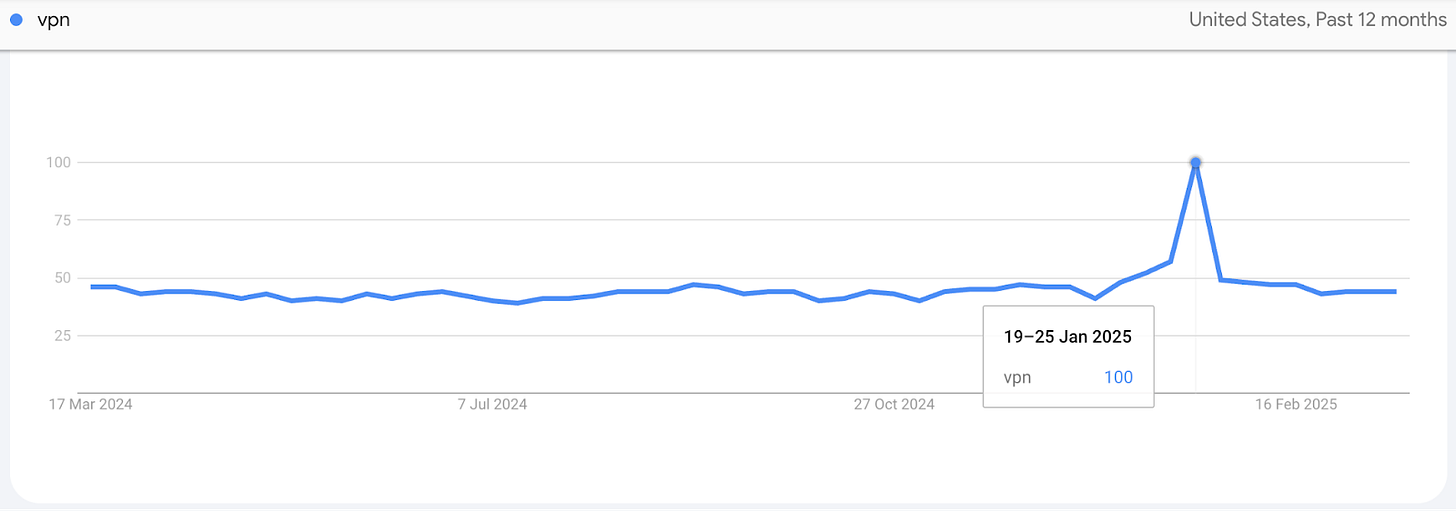
People were so concerned about TikTok’s ban that they put their hands in their pockets. According to App Figures, NordVPN had one of its best days ever on January 19th, surpassing its daily average net revenue by $576K.
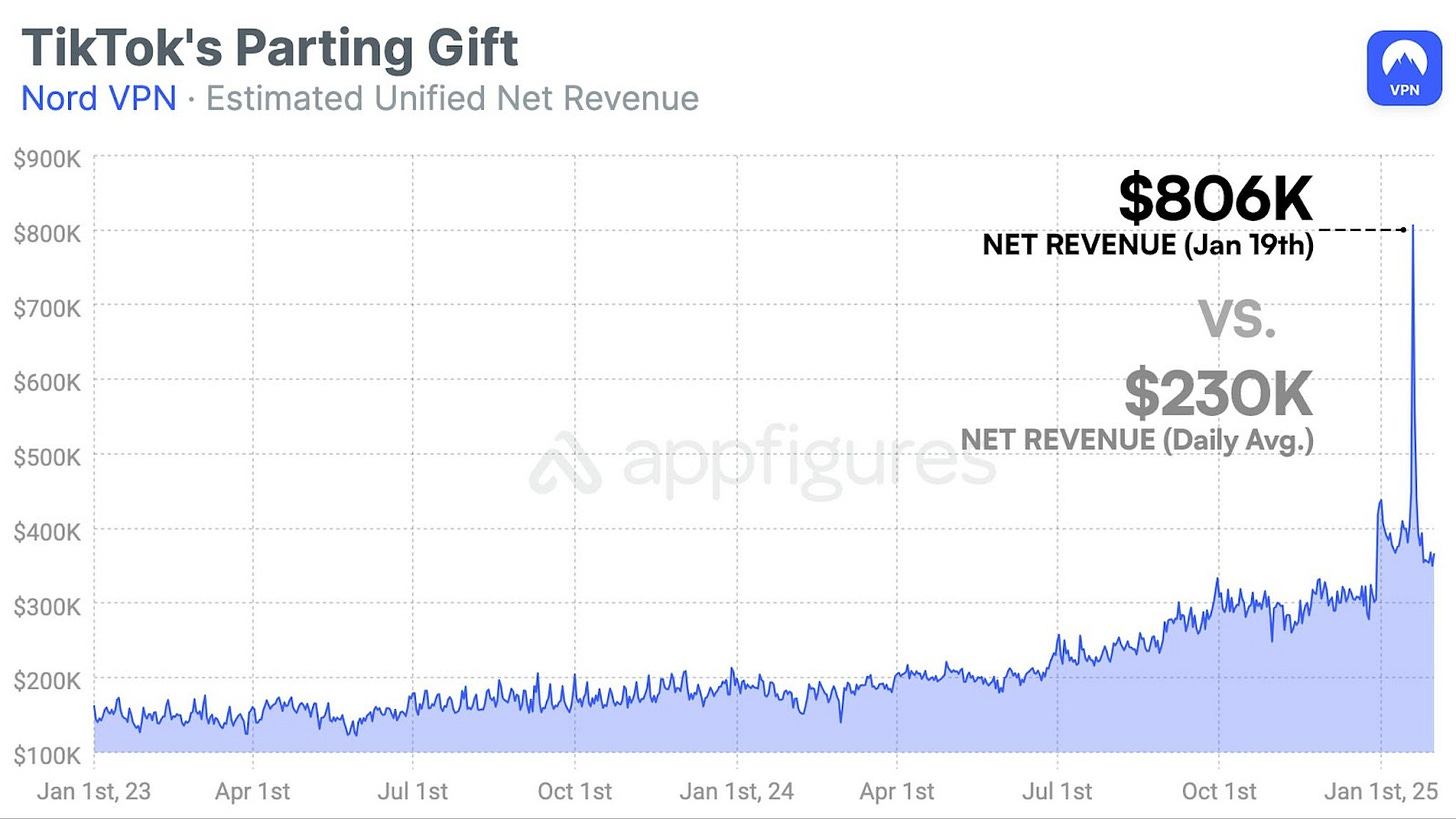
These things happened around the 18th of January, which, as I mentioned earlier, was the date that TikTok went dark (at least for a few hours). A few days earlier, Nick published an article on accessing TikTok after the ban. That’s proactive and not reactive, as per the note's title. So, Nick was ahead of the news here.
The article is simple and does not include images or other graphic elements. Yet, when the news broke, it became visible (on various search engines) almost instantaneously. As shown below, Google Search ranked Nick’s article for terms like ‘how to access tiktok’ and other, highly relevant ones.
In terms of traffic, you can see the instant spike and the instant die-down, which can be attributed to TikTok being restored the next day.
So, what Nick did the first time resulted in visibility and traffic. Let’s take a look at the second experiment Nick ran.
The second time
In March, Nick did a second experiment with a minor twist on an entirely different topic.
LinkedIn seemed to ban the pages of two SaaS companies for salespeople: Apollo and SeamlessAI. Reddit got worried about it…

… and Apollo’s CEO felt the need to explain the situation on LinkedIn.
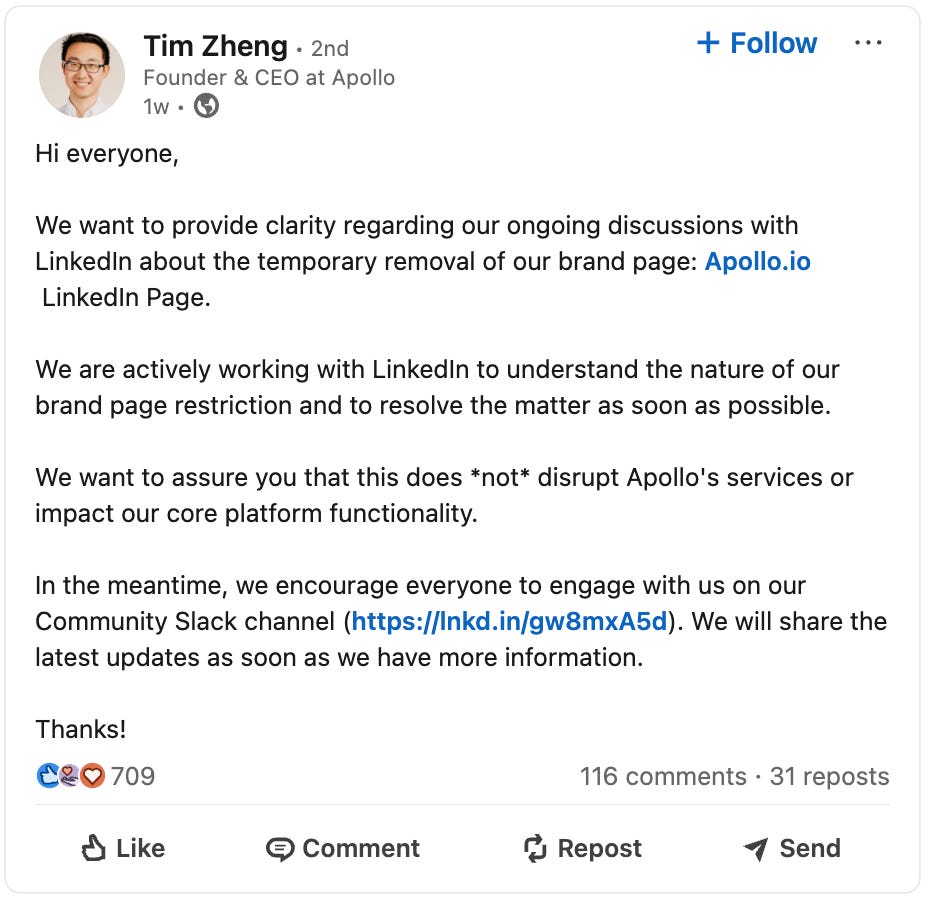
Note: As of today, Fri Mar 21, Apollo’s page is still banned from LinkedIn.
There are two things to note here:
The ban on Apollo’s LinkedIn page, which mainly affects the employees and the company’s ability to use that page to build their brand, do marketing, etc.;
The restriction of Apollo from using LinkedIn’s data (e.g., through its Chrome Extension) which obviously has a negative impact on the value customers get from Apollo.
According to a more recent post by the company’s CEO, that’s not the case, as Apollo isn’t relying on LinkedIn data for its own data.
So, a ban happened, and naturally (primarily sales) people were concerned and searched about it online. After spotting the opportunity, Nick two things:
First, he wrote an article on his blog:
He then tweaked the original article a bit and published it as a LinkedIn Pulse article.
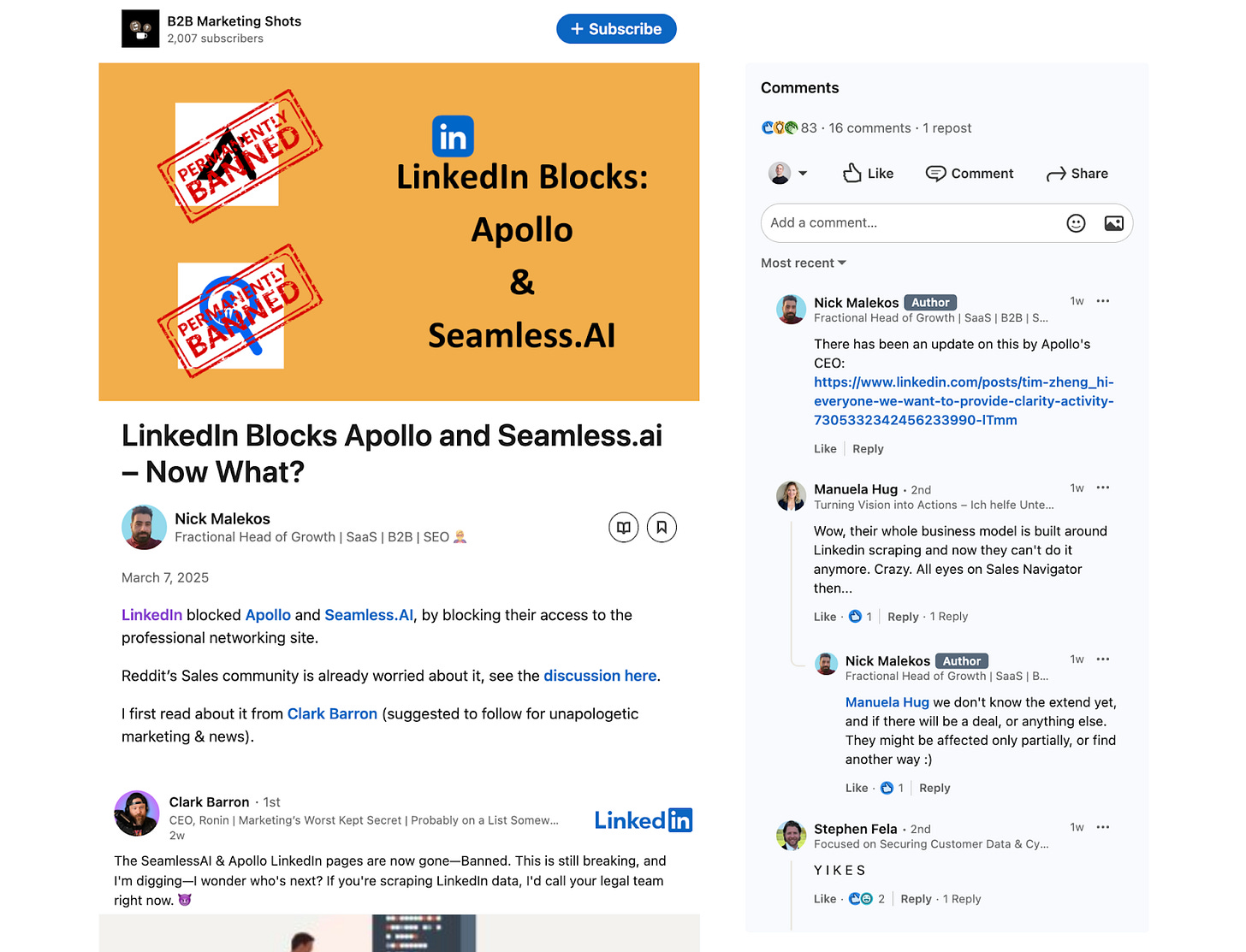
As shown above, the article did well on LinkedIn in terms of engagement, with 83 likes, 16 (first and second-level comments), and one repost.
That aside, the LinkedIn Pulse article also ranks first on Google for a relevant term like “apollo linkedin ban.”
According to Nick, that happens because:
“More than half of the results on the first page and today it's about half the results are LinkedIn posts… it confuses it with navigation [query] so all these keywords half of the [SERP] is navigational and the other half is informational. So parasite makes sense… if you are already on Reddit, you're first. So this is what happened here.”
The blog article did well, too, with a similar spike as the previous experiment, just with a more gradual die-down this time.
Besides visibility and traffic, though, this play helped Nick acquire subscribers for his newsletter.
“On the LinkedIn ban for Apollo, which is a B2B marketing topic and sales topic, I got subscribers, I got good visitors to my website, I got very relevant people to learn about my website and come back directly.”
So, two out of two. Well done, Nick.
My take and key takeaways
In general, I’m pro reactive marketing strategies and tactics. In fact, I believe companies don’t think about reactive marketing enough. Here are some key takeaways I’d like to keep from this note:
When spotting an opportunity for reactive marketing, you should jump on it as early as possible; these opportunities don’t exist just in consumer products, as we saw earlier.
Ensure you clearly define the objective behind your reactive marketing strategy and the metrics that determine your success (read: set the right expectations so people don’t get disappointed by not generating revenue from reactive marketing plays.)
You should use different channels to distribute your content; it’s okay that not all of this content doesn’t and won’t live on your website. Get as close to where conversations happen as possible.
If you’re a CMO at a company with over 20 marketers, you should allocate 5-10% of your resources (just one to two people, by the way) to reactive marketing alone.
And with that, let’s close with some final thoughts.
Final thoughts
Content marketing shouldn’t feel static, slow-moving, and myopic to what’s happening in the world. When something is trending, people want to talk about it.
The premise of this note isn’t to tell you that all you should do is follow the trends and jump on them as they arise. But it’s one of the things you can and should do.
And, of course, you need a balance between evergreen and trending topics for your strategy.
However, the benefits are there, and in some instances, competition is much less intense because, especially in the B2B context, not many companies do reactive content marketing.
See you next week!


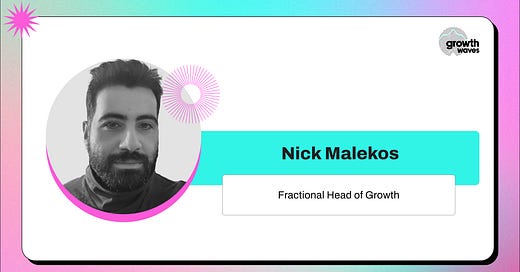



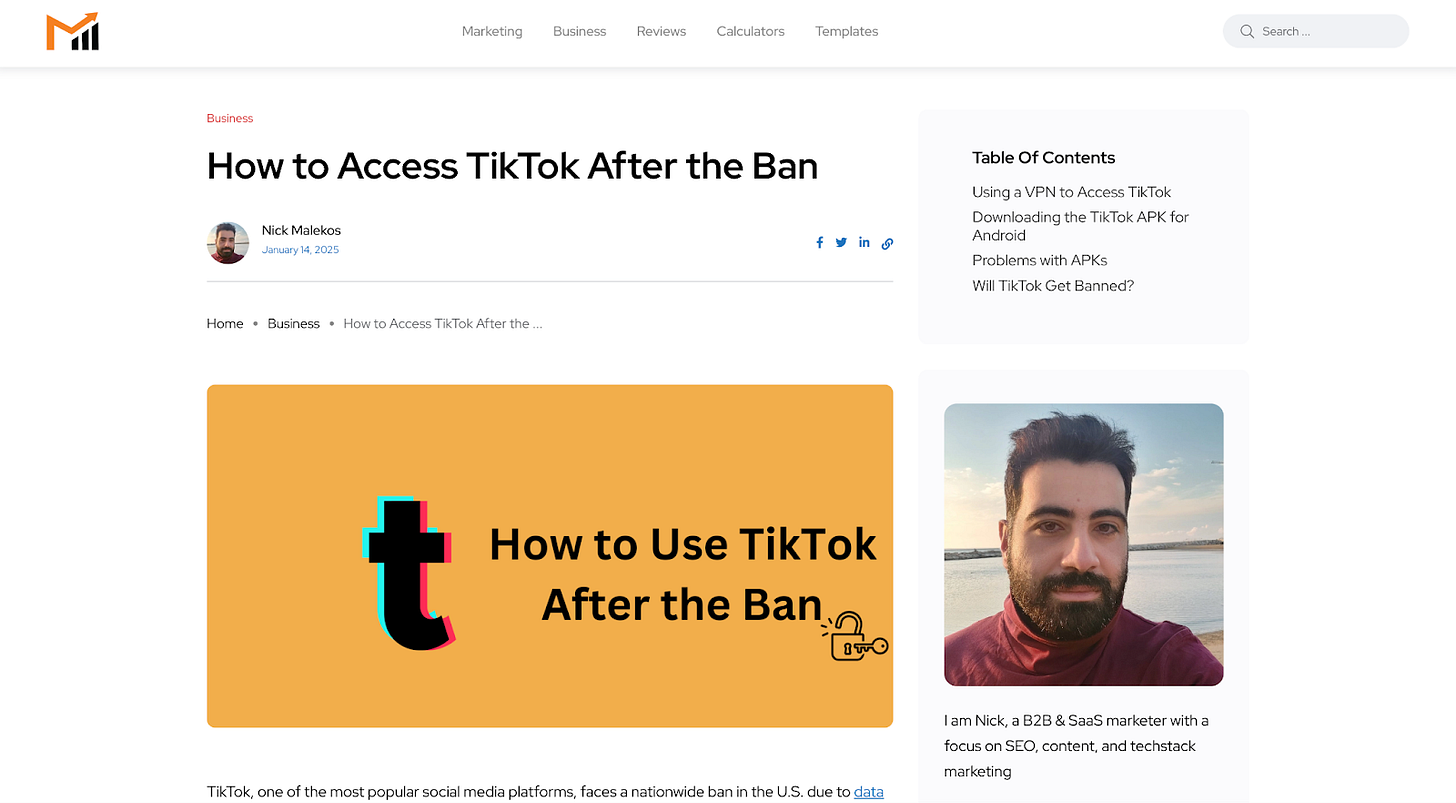
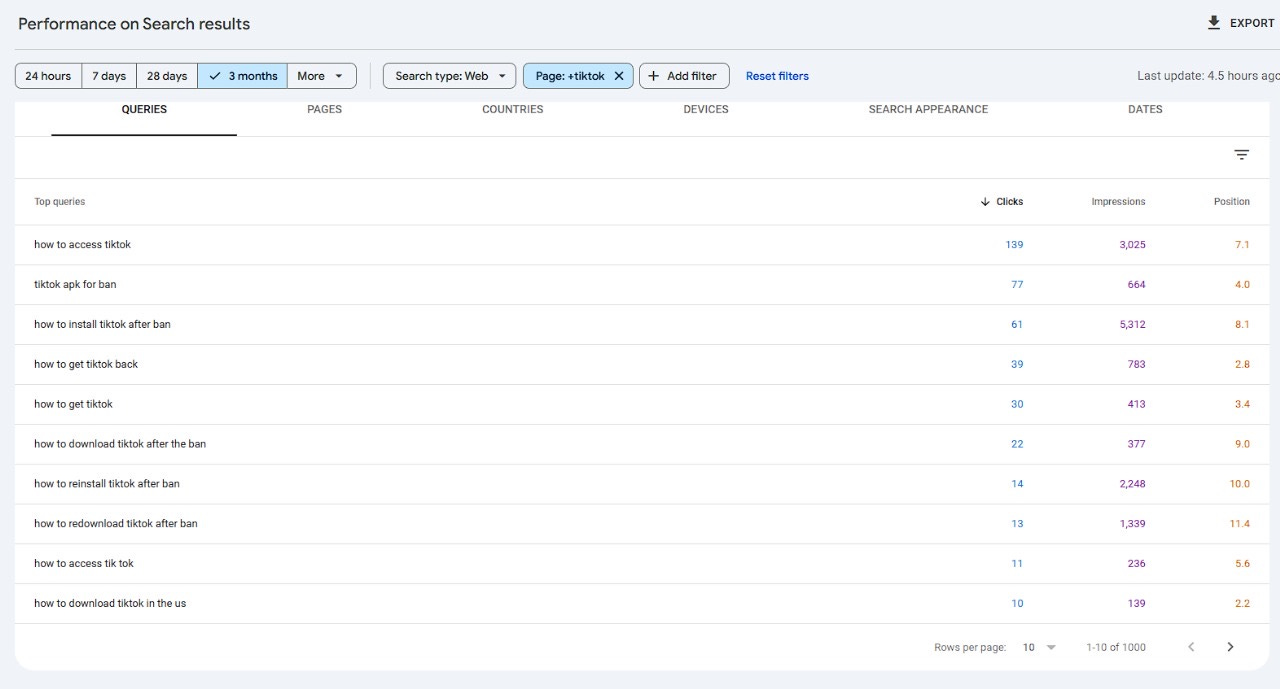
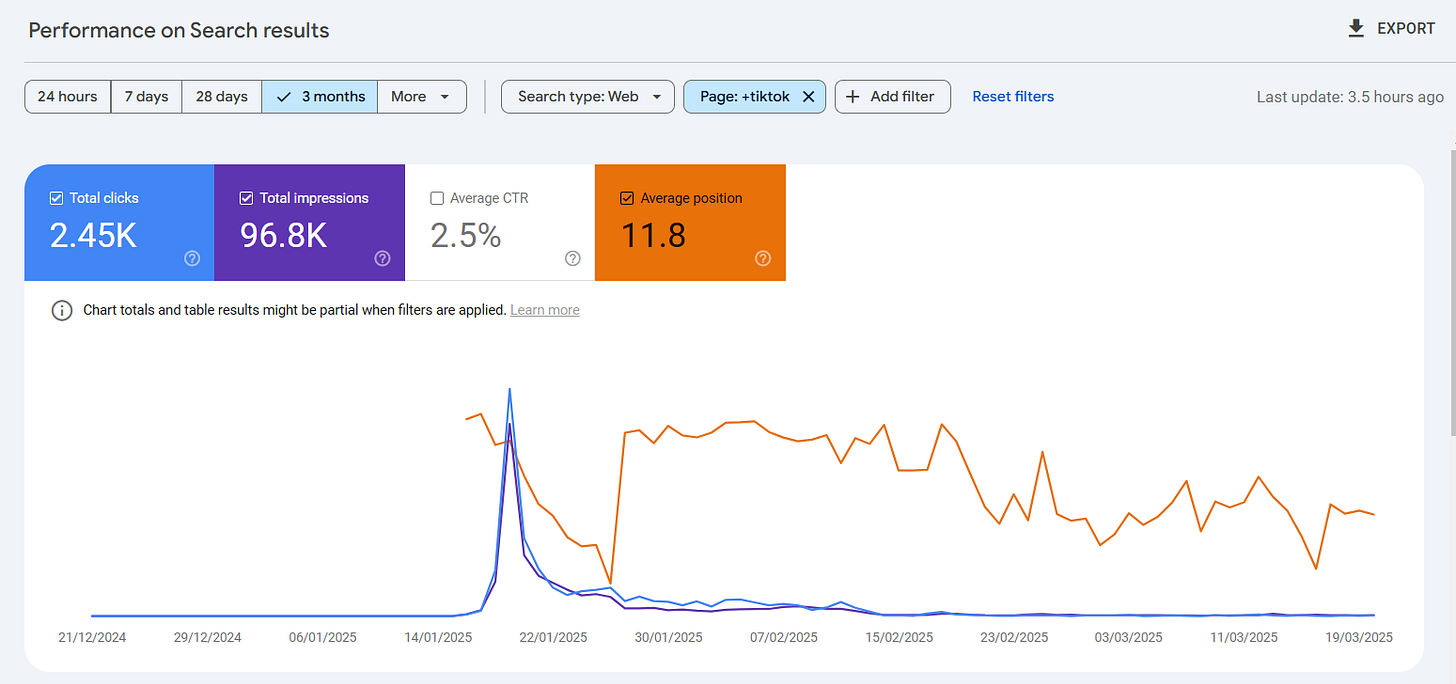
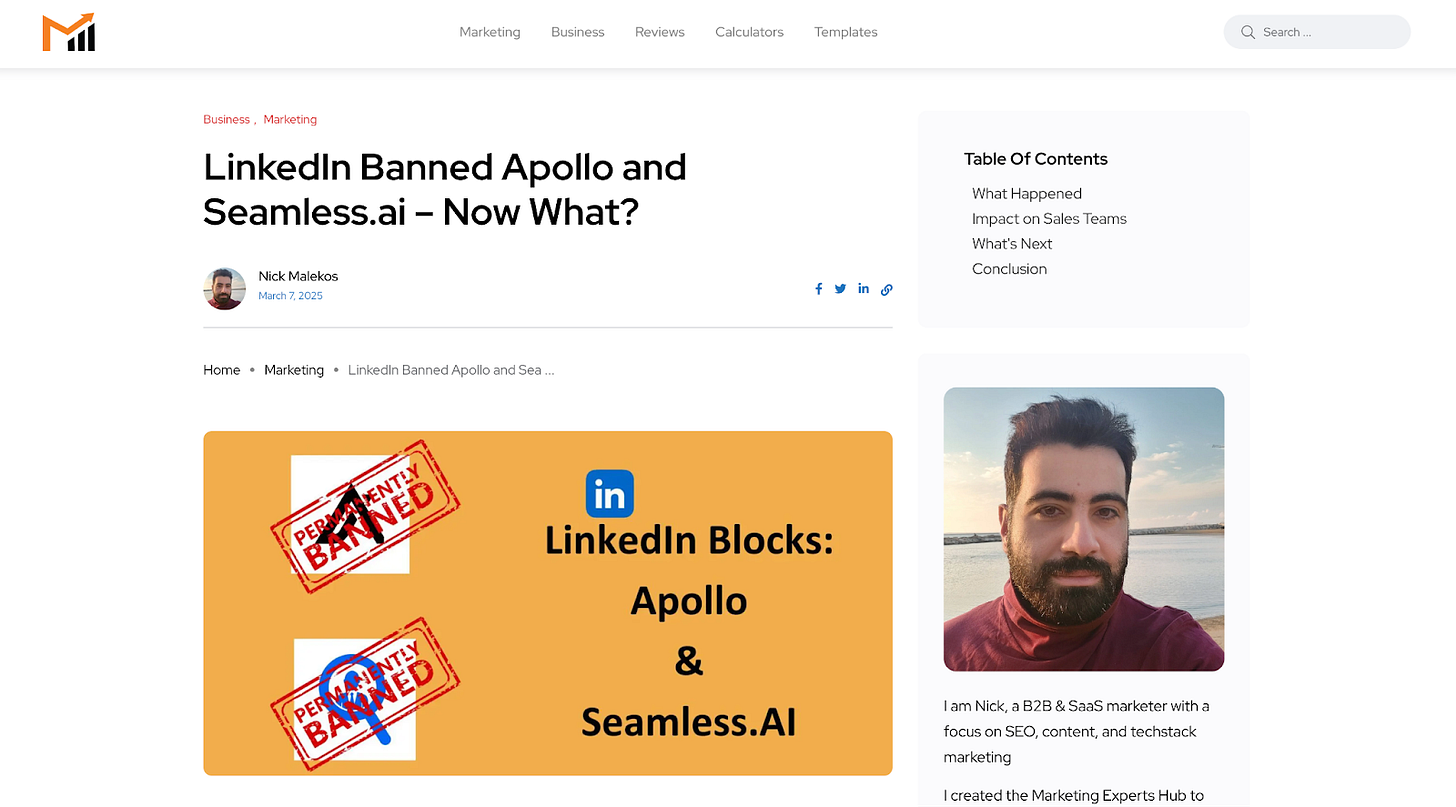

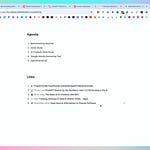


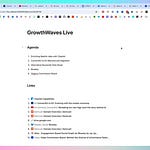
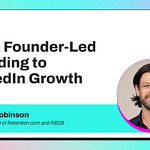
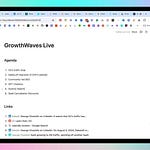

Share this post